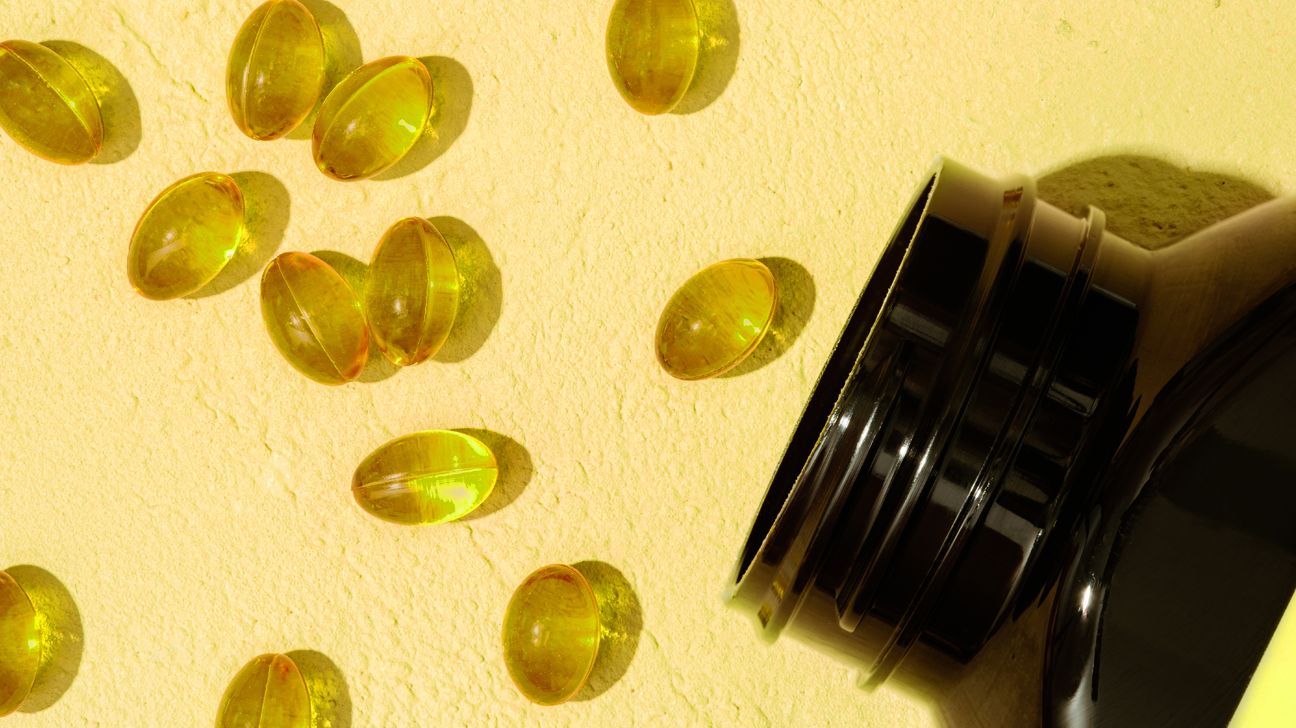Sunshine triggers your skin to make vitamin D (among other important things). Your body is a fine-tuned system that can regulate how much it produces from these signals. But if you’re taking high doses of a vitamin D supplement it’s possible to overload your system.
What if you get too much vitamin D?
Getting more than 4,000 international units (IU) — 100 micrograms (mcg) — of vitamin D per day could cause a rare but serious condition known as vitamin D toxicity.
There’s no quick fix to flush vitamin D out of your system, but staying hydrated and staying away from more vitamin D and calcium can help lower your levels.
Call your doctor right away if you experience confusion, vomiting, dizziness, or other symptoms of a vitamin D overdose.

Vitamin D is a fat-soluble vitamin. That means your body uses fat to absorb its goodness. If you get too much, your body stores the excess in fatty tissues like your liver.
How much vitamin D is too much?
In general, toxicity is when your blood level goes over 150 ng/ml. (That’s about five times more than a healthy level.) Vitamin D obtained from sunshine and food probably won’t put you at risk, but overdoing it on supplements or the tanning bed could max out these levels.
Because these high levels can hang around in your fat, you should get medical help ASAP if you have signs of vitamin D toxicity, like dehydration or diarrhea.
If vitamin D toxicity isn’t a concern, but you’re looking to speed up your bodily processing of excess vitamin D, there are a few things you can do.
1. Stop taking vitamin D
If you’ve been overdoing it in the vitamin D supplement department, stop taking it. You can also cut back on other sources of vitamin D by staying out of the sun and eating fewer foods like fatty fish, cheese, or eggs that are high in vitamin D.
2. Get less calcium
Steer clear of calcium-rich foods like dark green veggies, dairy, and fish until your vitamin D levels are back on target.
Vitamin D increases the amount of calcium your body absorbs. That’s why milk (an awesome calcium source) is usually fortified with vitamin D. However, if you’re getting too much vitamin D, you could experience hypercalcemia (too much calcium in your blood).
3. Stay hydrated
This is good advice in general, but regularly drinking water will help dilute the calcium levels in your blood.
4. Increase your vitamin K2
Having higher levels of vitamin D leads to lower vitamin K2 levels, which can cause brittle bones. One way to offset this is to eat a lot of foods that are rich in vitamin K2, such as grass-fed dairy or meat.
5. Take a diuretic
In mild cases of vitamin D toxicity, diuretics like furosemide may be prescribed to keep fluids from accumulating in the body, allowing excess vitamin D to be flushed from your bloodstream.
Vitamin D toxicity is rare. It typically only happens if you’re taking more than 10,000 IU (250mcg) at one time. You could also be at risk if you’ve been taking high doses (more than 4,000 IU per day) consistently.
Vitamin D toxicity can cause a number of symptoms, but the most common include:
- confusion
- apathy
- fatigue
- dizziness
- vomiting
- abdominal pain
- dehydration
- peeing more often
- increased thirst
- constipation
- diarrhea
As mentioned above, having too much vitamin D in your body can lead to a buildup of calcium in your blood (aka hypercalcemia). Symptoms of this separate but related condition include:
- nausea
- vomiting
- constipation
- bone pain
- depression
- memory loss
- kidney stones
In severe cases, excessive Vitamin D can result in life-threatening kidney injury or kidney failure. To treat vitamin D toxicity, a doctor will prescribe intravenous fluids and medications, such as corticosteroids or bisphosphonates.
If you’re showing signs of kidney failure, you’ll be treated with intravenous hydration and medications — and in severe cases, dialysis.
Can I take vitamin D supplements safely?
You need about 600 IU (15mcg) of vitamin D to support important functions like calcium absorption, immune health, and bone health.
While it’s possible to overdo it, vitamin D deficiency is actually more common than toxicity.
Certain groups have a higher risk of deficiency; if you’re over 65, have a higher body weight, have more melanin in your skin (as with darker skin tones), or if you’re indoors a lot, your doctor might prescribe a vitamin D supplement.
A simple blood test can confirm your vitamin D levels are at a healthy level.
- You need 600 IU of vitamin D every day.
- Getting more than 4000 IU of vitamin D per day can cause vitamin D toxicity.
- Vitamin D toxicity is rare, but it can damage your kidneys if untreated.
- You can lower your vitamin D levels by avoiding vitamin D and calcium, ramping up your vitamin K intake, and staying super hydrated.
- If needed, your doctor can use IV fluids or dialysis to treat a vitamin D overdose.

